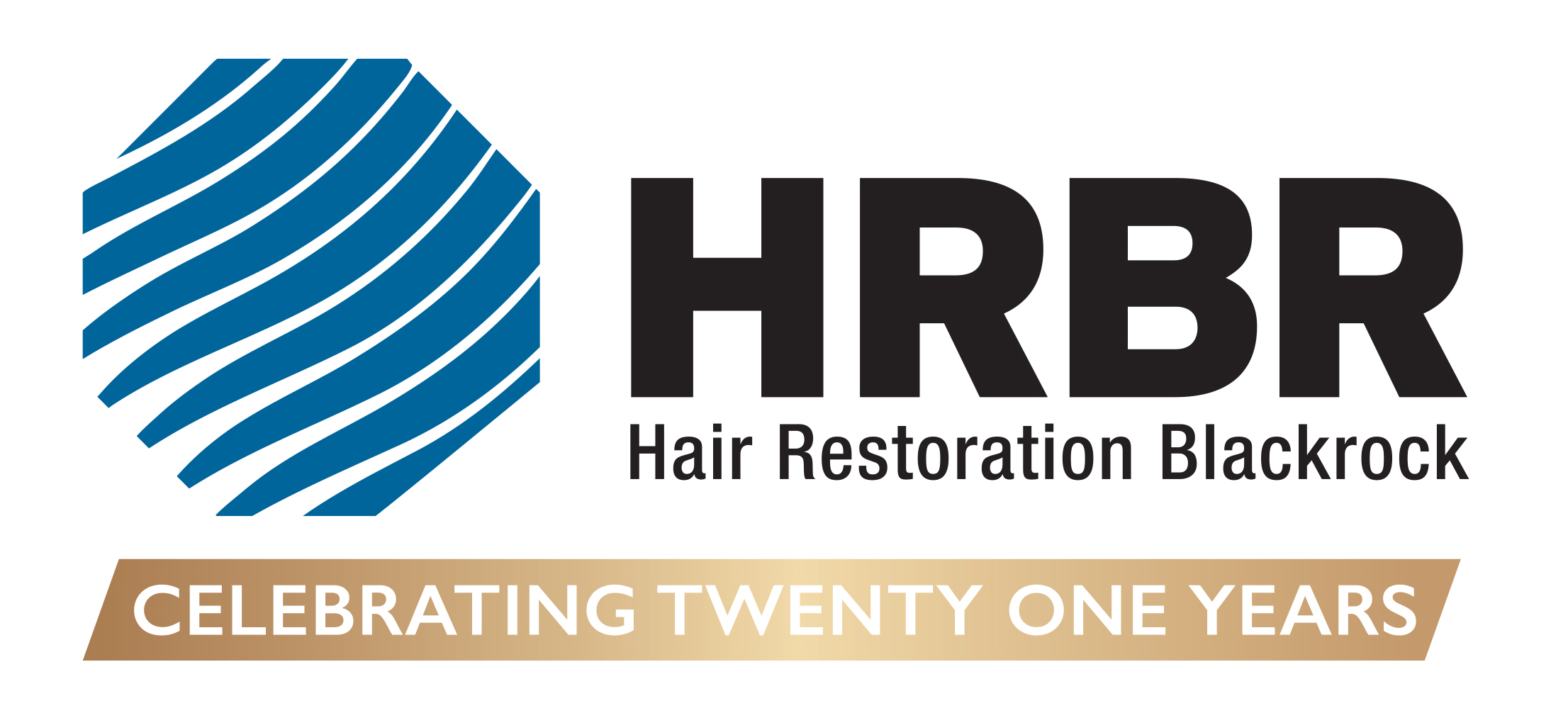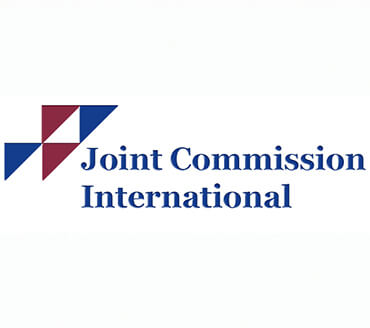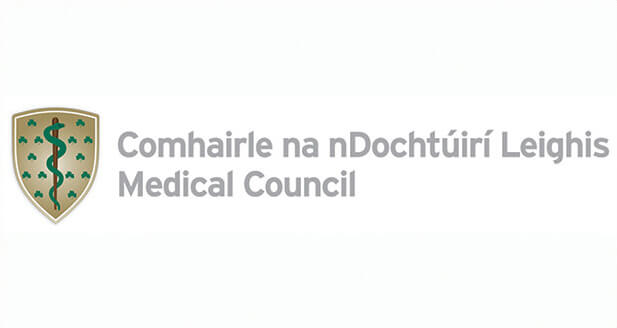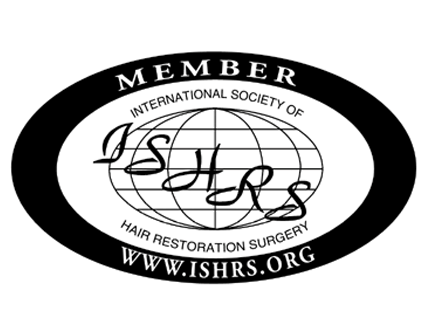
Over recent years, HRBR has seen a large increase in the number of patients who seek treatment following poorly executed hair transplants from other clinics. With the increase in clinics offering hair transplant procedures and little regulation in the industry globally, the quality of hair transplants can vary greatly. For many patients a hair transplant is a positive and life changing experience. However, for some the results from these clinics can be disappointing and can result in disfigurement and obvious scarring.
The team at HRBR are highly skilled in repairing the results of bad hair transplants from other clinics where possible. However, depending on the quality of the work you have had completed our ability to assist may be limited. Our team will review your case and will advise whether we may be in a position to assist you. Please note that due to the extremely poor standard of work we have seen from many clinics based in Turkey, our clinic will no longer treat patients who have had transplants carried out there.
When looking to repair a transplant you are unhappy with it is especially important to have trust in the team treating you. It is important that your precious remaining donor hair is used wisely and a lifetime plan is prepared to ensure the best use of this finite resource.
If you have had a hair transplant carried out at another clinic which you are not satisfied with, please contact the team at HRBR today to see if we can assist you.
The concerns that we see regularly following botched hair transplants are;
A Hair Transplant that does not take into account a Patient’s Future Hair Loss.
Many patients are reasonably happy with their transplant immediately following the procedure. They have hair where they had previously seen a bare scalp and they are generally content with this improvement. However, many clinics look to satisfy the customer today and don’t consider a patients hair loss across their entire life. Pattern hair loss is a condition with no cure at present and therefore patients will continue to lose their non-transplanted hair throughout their life.
Clinics that fail to take this into account may leave the patient with problems in the years to come. Patients can be left with unnatural looking islands of transplanted hair on their scalp as the remaining hair recedes. The patient is then forced into further procedures to fill these gaps. This can be an ongoing battle.
A properly executed hair transplant should be designed so that it looks natural on a patients head for the remainder of their life. Our designs blend into the surrounding hair and assume a patient may lose all their hair to ensure that the results remain natural in appearance. A hair transplant should therefore be properly designed in order to take account of the patient’s future hair loss.
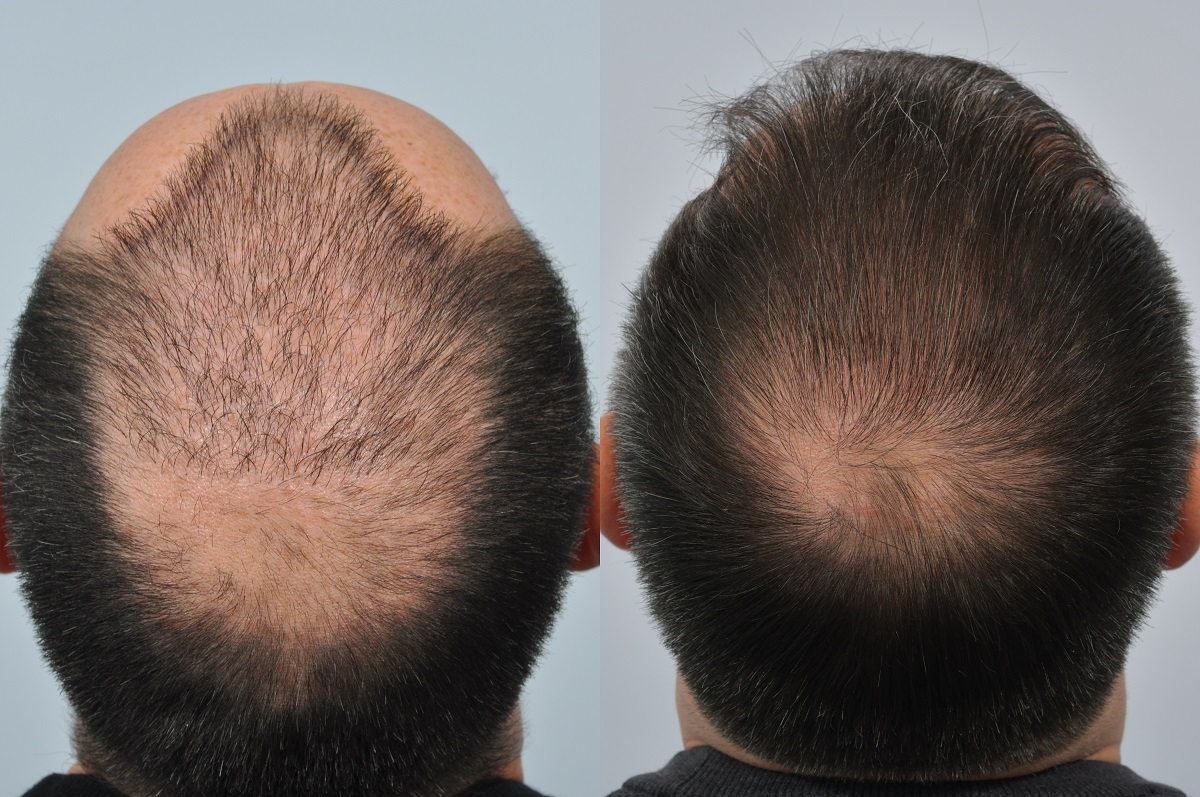
Poorly Designed Hair Lines
At HRBR we spend a significant amount of time in the planning process in determining where to place each individual hair graft. Consideration is given to the colour, texture, angle and size of each hair graft when transplanting each one. The hairline is often the most noticeable and therefore the most important area with regards to designing a hair transplant.
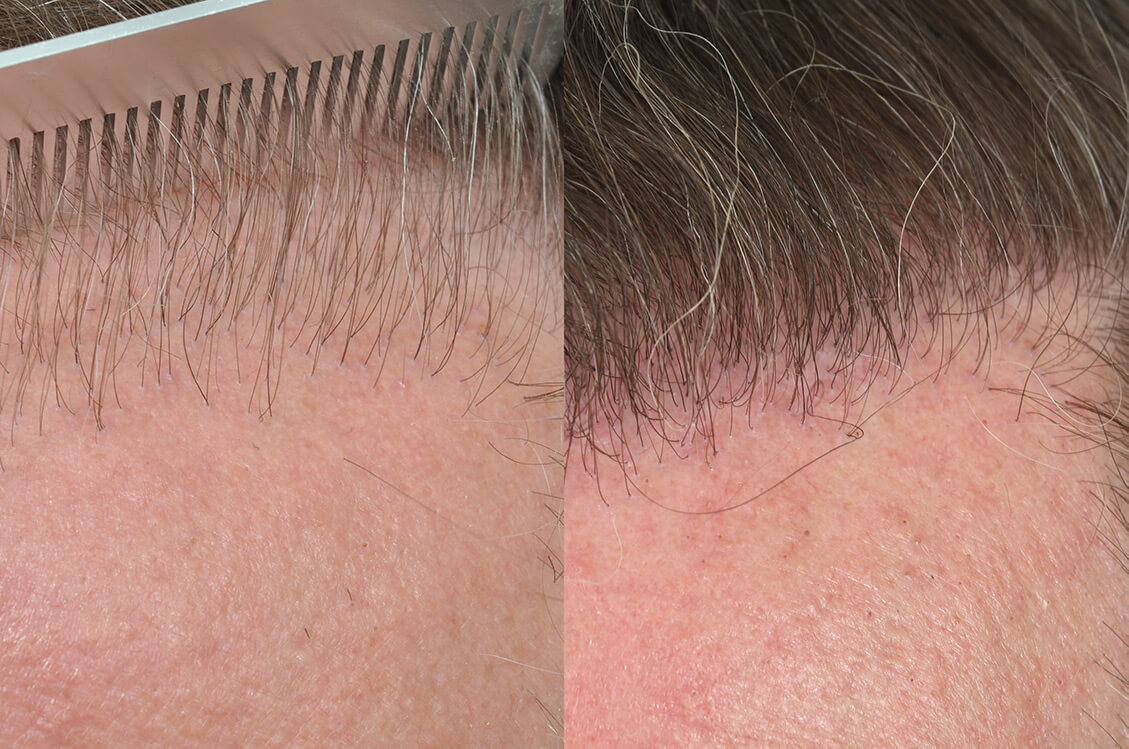
At HRBR, we aim to mimic nature meaning that straight lines are avoided. We also place the larger hair grafts further back with the single hair grafts being placed along the hairline as nature intended. If these basic rules are not followed then often a hair transplant becomes obvious and peoples eyes are drawn up to the unnatural looking hair line. For further information on hairline design see here.
For patients that have had a poorly designed hair transplant, the team can expertly remove some of the unnatural looking grafts either surgically or by laser hair removal. They will then design a transplant around the poorly transplanted hair in order to help it blend more seamlessly into the patients remaining hair. The use of medical treatments can also assist in slowing down the patient’s hair loss and therefore can delay the issue somewhat.
Find out more about one patient’s experience of a poorly designed hair transplant repaired at HRBR.
Obvious Scarring in the Donor Area
It is never possible to puncture the skin without leaving a mark. Any clinic advertising scarless surgery should be viewed with scepticism, as this is simply not possible. The amount of scarring a patient has following any type of surgery is mostly dependent on their own ability to heal as well as the skill of the surgeon.
Properly executed FUE procedures should leave small circular scars in the donor area that are barely visible to the naked eye even with a tight haircut. For FUT procedures a fine linear scar is left following surgery, this should be easily camouflaged with the patient’s own hair.
Unskilled “surgeons” however can leave large scars in the donor area that can be difficult to hide even with long hair. This is seen in both the FUT and FUE procedures.
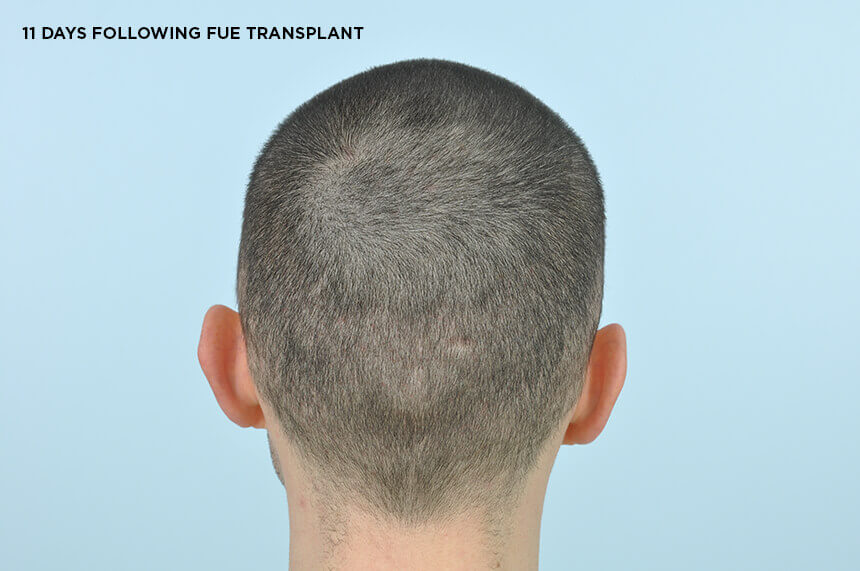
The donor area is the part of the scalp that is less susceptible to the hair loss process around the back and sides of the scalp. It is important in hair transplantation that only hair from this area is taken for transplantation. Hair taken from outside of this area will eventually be affected by the balding process and will therefore be lost. A properly executed hair transplant should grow on a patients head for the rest of their life. If hair is taken from outside this area patients also run the risk of having the scars in this area exposed as their hair loss progresses.
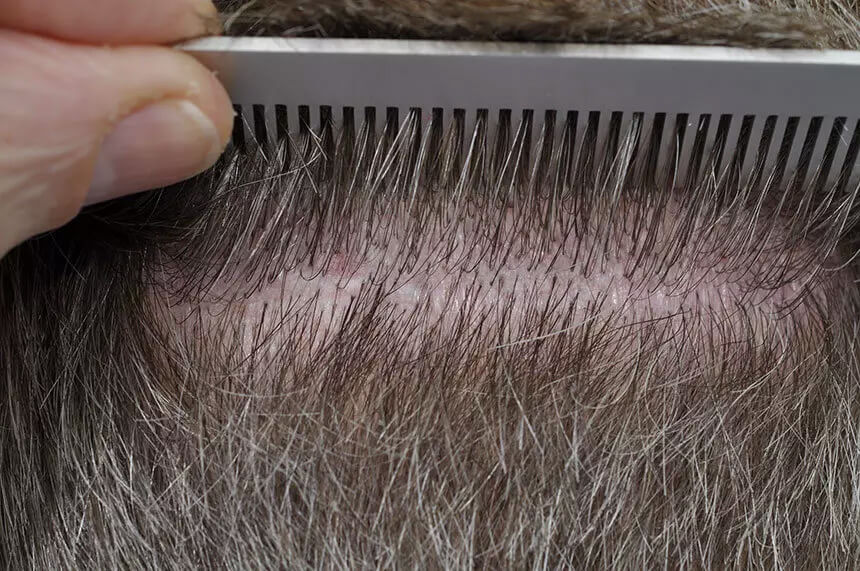
Another issue that can occur is the overharvesting of hair grafts by FUE from the donor area, leaving the area looking depleted and “moth bitten”. We notice hair loss only when around 40 – 50% of the hair is lost. On the reverse the same is true, we can only take a maximum of this amount from the donor area before this area looks depleted. At HRBR, we usually take no more that 35-40% of the hair from the donor area as we never wish to create new hair loss problems for the patient.
For those patients that have had their donor area overharvested leaving them with obvious scarring, the team can expertly remove what remaining hair is safe to do so and transplant these hairs back into the donor area, assisting in camouflaging this area. In severe cases the surgeons may actually reduce the scarred area surgically.
Scalp Micro Pigmentation is a possible treatment option for patients with scarring in the donor area and a limited donor hair supply. However, this technique replaces pale scars with darkened scars, which if not properly executed can leave the patient with more prominent scarring. While the technique shows promise, HRBR does not currently offer it as the predictability of the ink in scarred tissue has not been proven.
Infections
Infections are possible with any surgical procedure. However, a clinics cleanliness and policies around hygiene should ensure that infections are rare. At HRBR, we are a Joint Commission International “JCI” accredited organisation meaning that we have passed the rigorous standards JCI set with regards to patient safety and quality of healthcare.
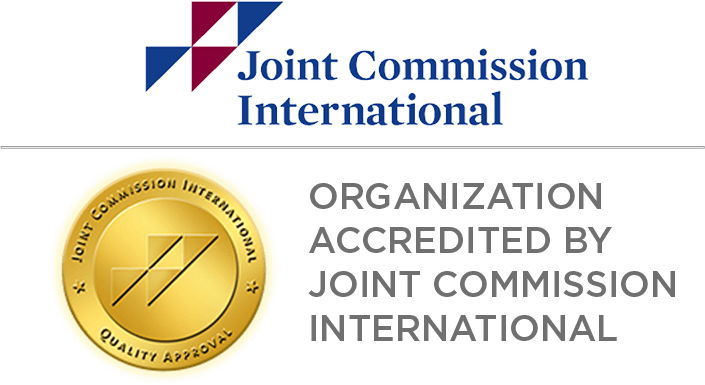 If an infection does occur it is imperative that it is treated promptly. If an infection is left untreated then the newly transplanted hair can be compromised. In a worst-case scenario the tissue around the infected skin could potentially not heal and patients can be left with scarring as a result. If you are concerned that you have an infection you should return to the doctor that treated you immediately. If this is not possible then you should visit your GP for advice. It is important to first treat the infection before looking to repair any damage done.
If an infection does occur it is imperative that it is treated promptly. If an infection is left untreated then the newly transplanted hair can be compromised. In a worst-case scenario the tissue around the infected skin could potentially not heal and patients can be left with scarring as a result. If you are concerned that you have an infection you should return to the doctor that treated you immediately. If this is not possible then you should visit your GP for advice. It is important to first treat the infection before looking to repair any damage done.
Once the infection has been dealt with if scars are left as a result, hair can be transplanted in to the scar tissue to help camouflage it. See link to our work on patients with scars for more information here.
The Number of Grafts Transplanted is not reflected in the Result
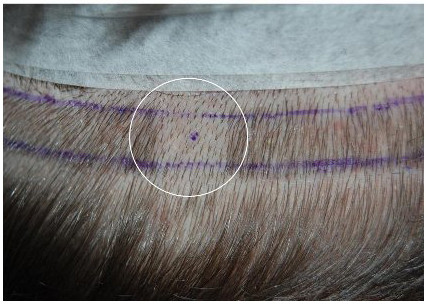
The hope in this situation is that the clinic has over exaggerated the number of grafts they claim to have transplanted. This is positive as the grafts are still intact in the donor area. As each patient has a finite supply of donor hair it is important that each graft is cared for. In this instance, the patient’s results are not compromised albeit their wallet may be a little lighter. In some circumstances however it may be that the amount of grafts promised was in fact transplanted. However if the grafts are not cared for while being harvested and transplanted then their survival in their new location may be compromised. At HRBR, we aim for a survival rate of 98% of all grafts transplanted.
We have even heard stories of clinics throwing excess hair that was harvested in the morning in the bin at the end of the day. This is something that simply should not be happening. We carefully estimate the number of grafts to be taken for each patient and plant every single graft to ensure that no donor hair is ever wasted.
This hair may not mean a lot today but in 20 years’ time when hair loss has progressed and your donor hair is depleted patients are very grateful for the care we have taken with their hair from day one. Ensuring the best results for our patients across their lifetime is our primary aim. This is the reason that so many of our patients have been coming to us for over 10 years.
Plug Grafts
We have a number of patients contact us each year with plug grafts. These are the old large groups of grafts that were transplanted in the 80’s and 90’s when this was the technology that was available at the time. These patients can be successfully treated by removing some of the plug grafts and dissecting these large grouping into the individual grafts and re-transplanting the hair back into the scalp. Further hair can be transplanted around these to ensure that the results blend seamlessly into the patient’s hairline.
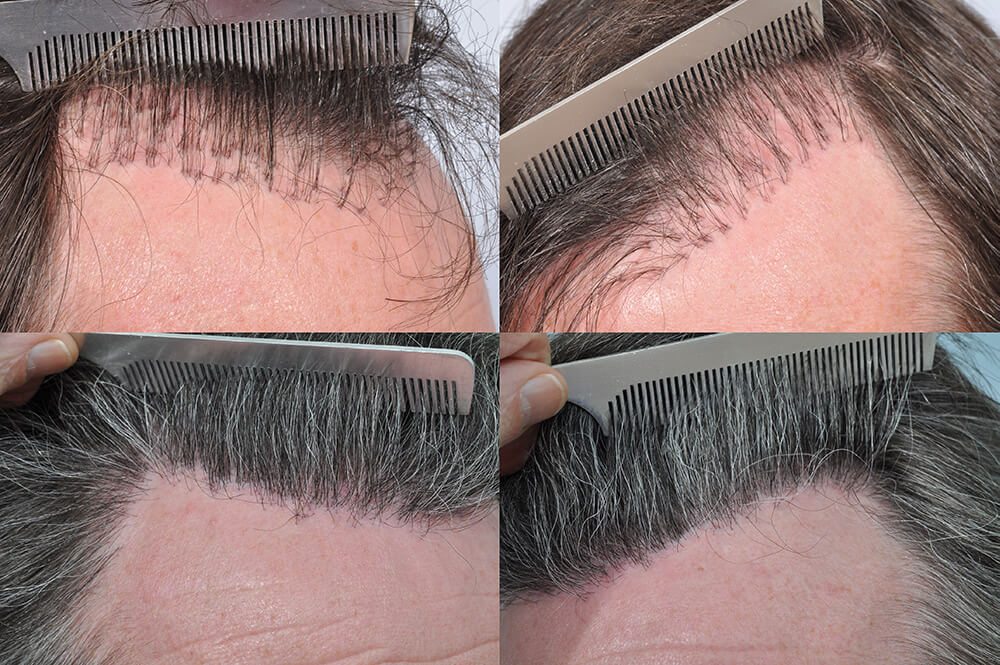
The Solution
For patients that have undergone less than satisfactory hair transplantation with consultation and planning, improvements can in some cases be made.
Not all patients will be suitable for repair work and patients who have undergone surgery in a Turkish clinic will not be seen at HRBR.
For those suitable patients, before any treatment is considered, they will meet with our doctors in consultation. The doctor will consider the remaining donor hair a patient has as well as their age. In conjunction with the patient, they will then prepare a plan for the patient that will treat their hair loss throughout their lifetime.
It is important to note that patients undergoing repair work are at a disadvantage to those who have had no work done at all. They have already used some of their limited supply of donor hair and are forced to use some of the remainder camouflaging the poor work instead of concentrating on treating their areas of hair loss.
For this reason, it is important that before undergoing any procedure in the first instance patients seek proper medical advice and give proper consideration to the treatment being recommended. No one should ever feel pressured or rushed into a hair transplant procedure. The results last a lifetime so take your time in making the decision to proceed.
.
